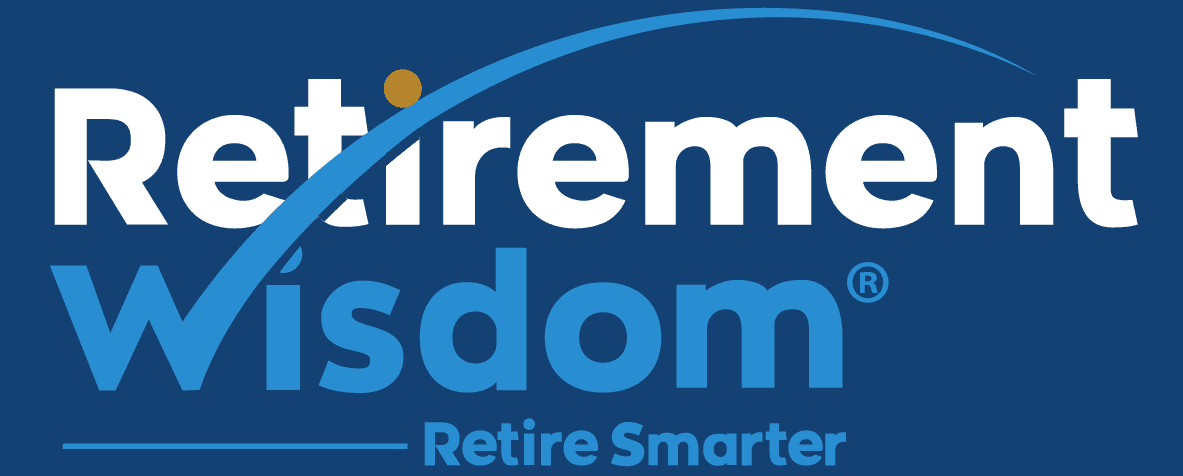Podcast (retirement-wisdom-podcast-feed): Play in new window | Download (Duration: 37:06 — 34.0MB)
Subscribe: Spotify | iHeartRadio | TuneIn | RSS | More
Are you living your core personal values? If you look carefully at how you’re spending your time, how aligned is it with your core values? It’s a great time to step back, take stock, and make some changes that can make a big difference in the year(s) ahead.
Our guest Harry Kraemer, author of Your 168: Finding Purpose and Satisfaction in a Values-Based Life, highlights how self-reflection can help create greater alignment and flexibility.
A Values Based Life
Our conversation covers a lot of ground:
- Why 168 is his favorite number.
- After the books he’s written on leadership, what inspired him to write Your 168.
- What a life based on values looks like versus one that’s less so.
- Why self-reflection is so important – and how it’s part of his day.
- How planning and spontaneity can co-exist.
- What the transition was like for him when he retired – and what led him to teach in the MBA program at Kellogg.
- What a friend and colleague learned from a wake-up call.
- The role habits play in a values-based life.
- Why genuine humility and making a difference are key parts of a values-based life.
- His involvement in the One Acre Fund.
- The best way to start if you want to make the most of your 168 starting in 2021.
__________________________
Bio
Harry M. Jansen Kraemer, Jr. is an executive partner with Madison Dearborn Partners, a private equity firm based in Chicago, Illinois and a Clinical Professor of Leadership at Northwestern University’s Kellogg School of Management. He was named the 2008 Kellogg School Professor of the Year. Harry is the author of two bestselling leadership books: From Values to Action: The Four Principles of Values-Based Leadership and Becoming The Best: Build a World-Class Organization Through Values-Based Leadership.
He is the former chairman and chief executive officer of Baxter International Inc., a $12 billion global healthcare company. He became Baxter’s chief executive officer in January 1999, and assumed the additional responsibility of chairman of Baxter’s board of directors in January 2000.
Mr. Kraemer joined Baxter in 1982 as director of corporate development. His twenty-three year career at Baxter included senior positions in both domestic and international operations. In 1993, he was named senior vice president and chief financial officer, responsible for financial operations, business development, global communications, and European operations. Over the next several years, he assumed additional responsibility for Baxter’s Renal and Medication Delivery businesses. He was elected to Baxter’s board of directors in 1995, and was named president of Baxter International Inc. in 1997.
Before joining Baxter, Mr. Kraemer worked for Bank of America in corporate banking and for Northwest Industries in planning and business development.
Mr. Kraemer is active in business, education and civic affairs. He serves on the board of directors of Leidos Corporation, Dentsply Sirona, Option Care Health, Performance Health and Alcami, and on the board of trustees of Northwestern University, The Conference Board, NorthShore University Healthsystem and the Archdiocese of Chicago Finance Committee and School Board.
He is a member of the Dean’s Global Advisory Board of Northwestern University’s Kellogg School of Management. He is a member of the Council of CEOs, the Commercial Club of Chicago, the Economics Club of Chicago. He is a past member of the Business Roundtable, the Business Council, and the Healthcare Leadership Council.
Mr. Kraemer graduated summa cum laude from Lawrence University of Wisconsin in 1977 with a bachelor’s degree in mathematics and economics. He received an MBA degree in finance and accounting from Northwestern University’s Kellogg School of Management in 1979 and is a certified public accountant. For his outstanding leadership and service, he received the 1996 Schaffner Award from the Kellogg School of Management. Harry enjoys jogging, tennis, skiing and reading, especially world civilization. Harry, his wife Julie, and their five children live in Wilmette, Illinois.
__________________________________
Wise Quotes
On the Transition to Retirement
“…When I first was announced that I was going to leave Baxter, my initial thought was: Oh, well, I guess, I’m going to run another company. And the good news was I talked to some really good people, Joe, who literally said, ‘Well, before you do that, think about this a minute. This is not like you’re 50. And over the next five years, you’re going to be sort of retiring. Harry, if you retire when you’re 50 or 55, you could actually be retired for longer than you were working. Harry, if you take care of your health, you may, God willing, have another 30 years.’And the questions I thought were really insightful, Joe – probably similar to the work that you do – that one fellow asked, ‘Well, Harry, before you jump into your next thing, what do you have to prove? And to whom?’ And I thought: Well, I’m at a point now I don’t think I have anything to prove anything to anybody. ‘Well then, Harry, why don’t you figure out what would make you happy? Why don’t you think of what would give you meaning? What do you feel like your calling would be? ‘And I thought: that’s interesting. And then the other great question, Joe, which I remember distinctly, [although] it is just now 15 years ago, was ‘Harry, what do you want your next role, your work, your workplace to be like?. Do you want to be that a singular event? Or do you want to collect a bunch of things?’ …And I thought: Well, you know what? If I collected several things rather than one main event, that would probably give me a lot more flexibility with the children, and with other things that are important…”
On Self Reflection
“…You will notice when you say you want to be self-reflective and be self-aware, you spend a little bit of time in self-reflection yourself. But as you know, Joe, you’ve got to find a few people that you can bounce this off of. Whereas my wife, Julie will say, ‘Harry, left to your own devices. You could convince yourself of anything. Do you want to know what I think now after 40 years? Joe, you and I know the answer to that is Yes! You may not think it’s Yes, but absolutely that’s it. And I really do believe having some people, Joe, – it could be a sibling, could be a fellow roommate – but having people that’ll just say, ‘Hey, Joe, you know I hear you talking about your values. I hear you saying that, but Joe, I’m looking at your actions pal, and the words and the music aren’t working together.’ So I’m trying to get people to really do two things, Joe: to take the time to figure out what they’re doing and why – and have a couple of people who can say ‘What are you living and [is it ] what you’re talking about? And I think that has an enormous impact.”
________________________________
For more on Harry Kraemer:
Buy Your 168: Finding Purpose and Satisfaction in a Values-Based Life
_________________________________
Related Podcast Episodes You May Be Interested In:
The Skill Set for Life’s Transitions – Bruce Feiler
The Joy of Movement – Kelly McGonigal
Design Your Life and Get Unstuck – Dave Evans
Tiny Habits Can Lead to Big Changes – BJ Fogg
Why People Make a Career Change with Purpose Top of Mind – Chris Farrell
How Life Hacks Can Help Make Your Retirement the Best Time of Your Life – Sam Horn
_________________________________
About Retirement Wisdom
We help people who are retiring, but not done yet, discover what’s next.
A long retirement is a terrible thing to waste. And a meaningful retirement doesn’t just happen by accident.
We help you design the life and/or the second career you want.
Schedule a call today to discuss how we can help you.
_________________________
Explore retirementwisdom.com




